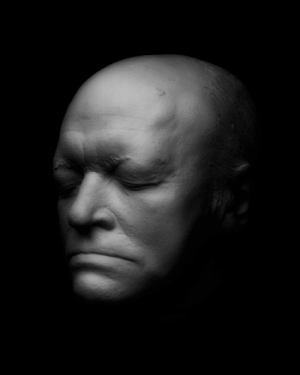Back in the days when I was involved with print graphics design and production, there was a simple rule of thumb that could be applied to a design project. In the end, was the piece a “read and keep” or a “read and toss?” Turns out there’s not too much marketing collateral that falls into the “read and keep” category. The basic idea went like this, if you determined that you were working on a “read and keep” piece, it would be worthwhile to use very high quality paper, great photography, top-notch writing, innovative page design and an excellent printing process. The costs were higher, but all this played into the idea that the reader was going to keep the piece and refer to it multiple times.
In the other category, you had the “read and toss” pieces. Here you wanted to get an idea or some information across, but it was understood you had a short window to accomplish this. Generally these pieces were produced in very high quantities, as mass distribution was the only way to create a reasonable return on investment. While some elements were high quality, the strategy for the material production of the piece would be to reduce costs as much as possible. After all, it was likely that even if the piece was read, it would be tossed shortly after. For instance, this is why newspapers and cheap paperbacks are printed on newsprint.
If you look at these two attitudes toward the production and consumption of printed matter, you can begin to see what will eventually become electronically delivered. To a large extent, the reason that the brochure-ware web flourished, and continues to flourish, is that it’s the ultimate “read and toss” medium. It’s cheaper and better than newsprint. As you look around you at the printed matter that flows through your life, just by examining the quality of the materials– the paper, the production method– you’ll be able to determine whether something is destined to be replaced by an electronic version.
Some things fall solidly in one camp or the other, while most things are spread across the spectrum. But in the end, they’re more one than the other— and that makes all the difference. It seems to be a value judgement: that’s not worth keeping, while this thing is. It’s not that the “read and toss” is valueless, but rather that it can be consumed at a sitting, or its value diminishes as time passes. All these kinds of things will be absorbed into the cheapest available production process.
I recently bought a copy of The Waste Land and Other Poems, by T.S. Eliot. It’s a small volume in paperback, the perfect size to dip into and spend time with the poems. I have a hardback of the complete works, but somehow in these smaller doses, the poems show themselves more completely, more individually. I’ve tried to read poetry on electronic screens, but the words seem to be stripped of their resonance. The line breaks never seem quite right, the words jostled about, re-flowed into the industrial templates of the reading machines. When I return to a poem in this small volume, I have a sense of having been there before, the resonances deepen. On an electronic screen, each time is as though it were the first. The media doesn’t conspire with me, it doesn’t seem to keep up its end of the conversation. I have bookshelves full of “read and keep.” Old friends that pick up the conversation where we left off…
From The Love Song of J. Alfred Prufrock by Thomas Stearns Eliot
And indeed there will be time
For the yellow smoke that slides along the street
Rubbing its back upon the window-panes;
There will be time, there will be time
To prepare a face to meet the faces that you meet;
There will be time to murder and create,
And time for all the works and days of hands
That lift and drop a question on your plate;
Time for you and time for me,
And time yet for a hundred indecisions,
And for a hundred visions and revisions,
Before the taking of a toast and tea.
In the room the women come and go
Talking of Michelangelo.




